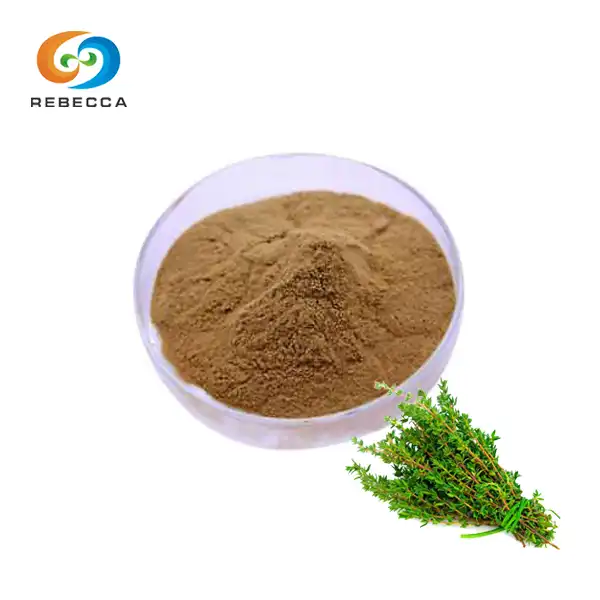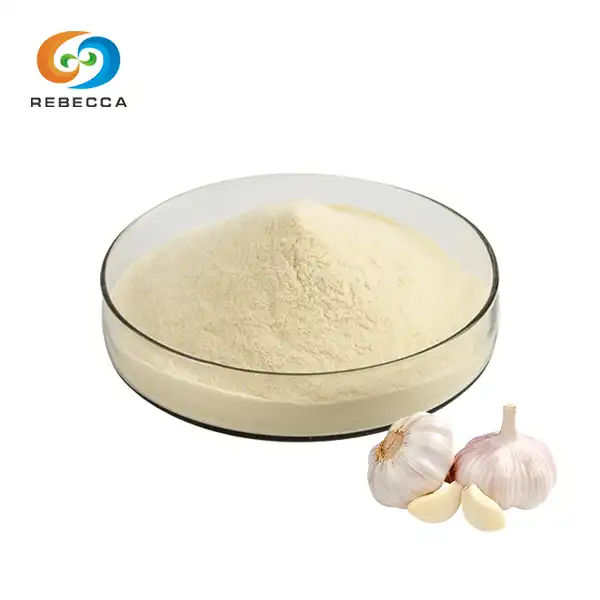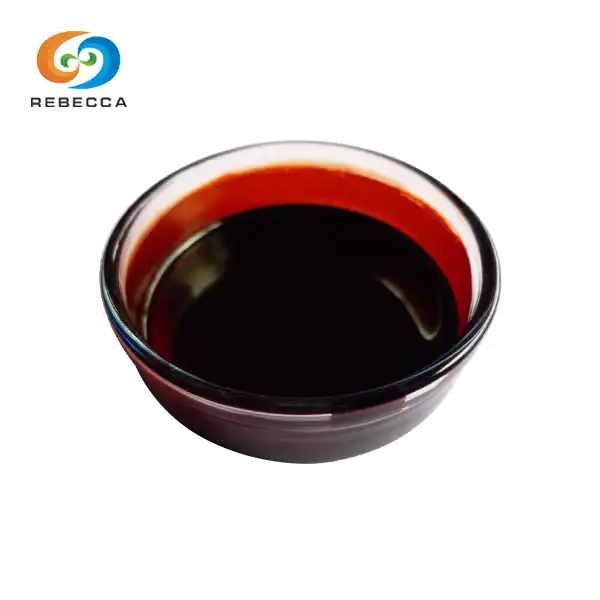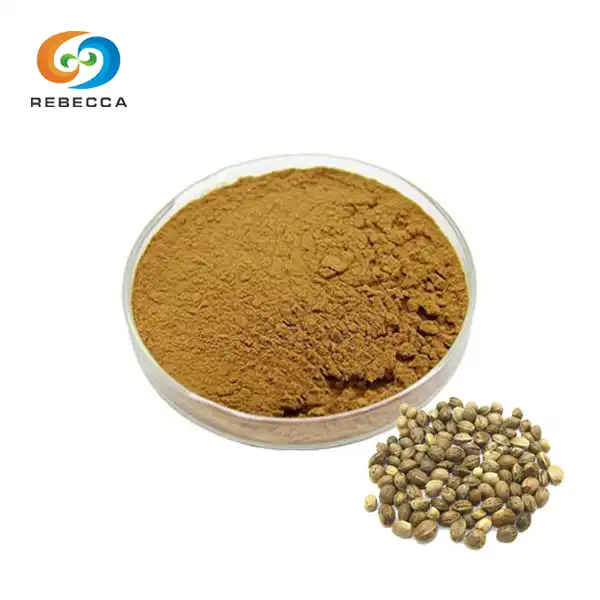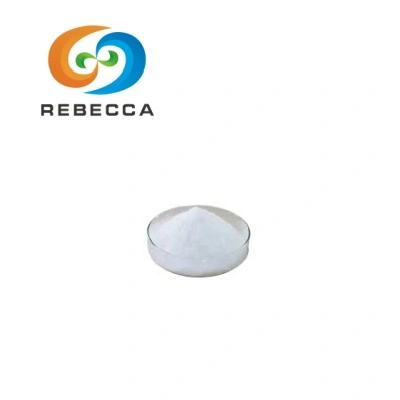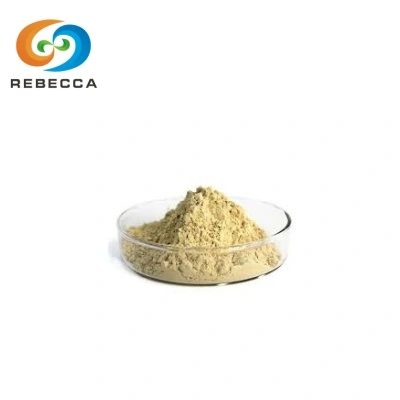Glabridin Extract For Skin
In the ever-evolving world of skincare, certain ingredients stand out for their remarkable benefits. One such compound that has been gaining significant attention is glabridin. Derived from licorice root, glabridin extract has become a buzzword in the beauty industry, particularly for its skin-brightening and anti-inflammatory properties. This article delves into the science behind glabridin and explores its potential to transform your skincare routine.
Why is Glabridin Popular in Skincare Products?
Glabridin, the main active component in licorice root extract, has surged in popularity among skincare enthusiasts and professionals alike. Its rise to fame can be attributed to several factors:
- Potent Skin-Brightening Effects: Glabridin is renowned for its ability to inhibit tyrosinase, an enzyme crucial in melanin production. By regulating melanin synthesis, glabridin helps reduce hyperpigmentation and promotes a more even skin tone.
- Anti-Inflammatory Properties: Inflammation is at the root of many skin issues, from acne to premature aging. Glabridin's anti-inflammatory effects can help soothe irritated skin and reduce redness, making it a valuable ingredient for sensitive and reactive skin types.
- Antioxidant Powerhouse: As a powerful antioxidant, glabridin helps protect the skin from free radical damage caused by environmental stressors like UV radiation and pollution. This protection is crucial in preventing premature aging and maintaining skin health.
- Natural Origin: In an era where consumers are increasingly drawn to natural and plant-based ingredients, glabridin's derivation from licorice root appeals to those seeking alternatives to synthetic compounds.
- Versatility: Glabridin can be incorporated into various skincare formulations, from serums and creams to masks and toners, making it accessible for different preferences and skin concerns.
The multifaceted benefits of glabridin powder have made it a sought-after ingredient in high-performance skincare products. Its ability to address multiple skin concerns simultaneously – from uneven skin tone to signs of aging – has solidified its status as a skincare superstar.

How Does Glabridin Work to Brighten Skin Tone?
The skin-brightening effects of glabridin are perhaps its most celebrated attribute. Understanding how this compound works at a cellular level can help appreciate its efficacy in promoting a more radiant complexion:
Tyrosinase Inhibition
At the heart of glabridin's skin-brightening action is its ability to inhibit tyrosinase. Tyrosinase is a key enzyme in the melanin production process. Melanin, the pigment responsible for skin color, can sometimes be produced unevenly, leading to dark spots and hyperpigmentation. By inhibiting tyrosinase, glabridin effectively puts the brakes on excessive melanin production, helping to prevent and reduce the appearance of dark spots.
Melanocyte Regulation
Beyond tyrosinase inhibition, glabridin also influences melanocytes, the cells responsible for producing melanin. Research suggests that glabridin can help regulate melanocyte activity, ensuring a more balanced and even production of melanin across the skin. This regulation is crucial for achieving a uniform skin tone and addressing issues like melasma and post-inflammatory hyperpigmentation.
Anti-Inflammatory Action
Inflammation can often trigger or exacerbate hyperpigmentation. Glabridin's anti-inflammatory properties play a significant role in its skin-brightening effects. By calming inflammation, glabridin helps prevent the overproduction of melanin that can occur in response to skin irritation or damage.
Antioxidant Protection
The antioxidant properties of glabridin contribute to its skin-brightening effects in an indirect but important way. By neutralizing free radicals, glabridin helps protect the skin from oxidative stress, which can trigger melanin production and lead to uneven skin tone. This protective action supports overall skin health and helps maintain a brighter, more even complexion over time.
Enhanced Penetration
Glabridin's molecular structure allows it to penetrate the skin effectively. This enhanced penetration ensures that the compound can reach the deeper layers of the skin where melanin production occurs, maximizing its brightening effects.
The combination of these mechanisms makes glabridin a powerful ally in the quest for brighter, more even-toned skin. Its multifaceted approach to skin brightening – addressing melanin production at various stages and protecting the skin from factors that can trigger hyperpigmentation – sets it apart from many other skin-brightening ingredients.
For those struggling with uneven skin tone, dark spots, or a dull complexion, incorporating products containing glabridin extract into their skincare routine could be a game-changer. The compound's ability to work on multiple fronts to promote a more radiant complexion makes it a valuable addition to any skin-brightening regimen.

Is Glabridin Safe for Sensitive Skin?
When it comes to skincare ingredients, especially those with potent effects like glabridin, a common concern is whether they are suitable for sensitive skin. The good news is that glabridin is generally considered safe and well-tolerated, even by those with sensitive skin types. However, as with any skincare ingredient, there are some considerations to keep in mind:
Natural Anti-Inflammatory Properties
One of the reasons glabridin is often well-tolerated by sensitive skin is its inherent anti-inflammatory properties. These properties can help soothe and calm the skin, potentially reducing irritation and redness that sensitive skin types are prone to experiencing.
Low Irritation Potential
Compared to some other skin-brightening ingredients like hydroquinone or high-concentration vitamin C, glabridin typically has a lower potential for causing irritation. This makes it a gentler option for those with sensitive skin looking to address hyperpigmentation or uneven skin tone.
Concentration Matters
The safety and efficacy of glabridin can depend on its concentration in a product. While glabridin is generally well-tolerated, higher concentrations may increase the risk of irritation, especially for those with very sensitive skin. It's always best to start with products that have lower concentrations and gradually increase usage as your skin adapts.
Patch Testing Is Essential
Despite its generally good safety profile, it's crucial for those with sensitive skin to perform a patch test before incorporating any new product containing glabridin into their routine. This helps identify any potential adverse reactions before applying the product to larger areas of the face.
Formulation Considerations
The overall formulation of a product containing glabridin can impact its suitability for sensitive skin. Products that combine glabridin with other soothing ingredients like aloe vera, chamomile, or ceramides may be particularly well-suited for sensitive skin types.
Consult a Dermatologist
For those with particularly sensitive skin or specific skin conditions, consulting with a dermatologist before introducing glabridin into their skincare routine is advisable. A professional can provide personalized advice based on individual skin needs and concerns.

Potential for Allergic Reactions
While rare, some individuals may be allergic to licorice root or its derivatives. Those with known allergies to licorice should exercise caution and consult with a healthcare provider before using products containing glabridin.
In conclusion, glabridin is generally considered safe for sensitive skin, thanks to its anti-inflammatory properties and low irritation potential. However, as with any skincare ingredient, individual responses can vary. Taking a cautious approach – starting with patch tests, using products with lower concentrations, and gradually incorporating glabridin into your routine – can help ensure a positive experience, even for those with sensitive skin.
The gentle nature of glabridin, combined with its powerful skin-brightening and anti-inflammatory effects, makes it an attractive option for a wide range of skin types, including those with sensitivity. By offering a natural alternative to more aggressive skin-brightening treatments, glabridin opens up possibilities for achieving a more even and radiant complexion without compromising skin health or comfort.
As the skincare industry continues to evolve, ingredients like glabridin that offer multiple benefits while being gentle on the skin are likely to remain in high demand. For those looking to address hyperpigmentation, uneven skin tone, or simply seeking to enhance their skin's natural glow, glabridin extract presents a promising and skin-friendly option.
If you're considering incorporating glabridin into your skincare routine, look for products from reputable brands that clearly list their ingredients and concentrations. As always, consistency is key when it comes to seeing results from skincare ingredients, so patience and regular use are important.
Remember, while glabridin can be a powerful ally in your quest for brighter, more even-toned skin, it's just one part of a comprehensive skincare routine. Combining glabridin-containing products with proper sun protection, a balanced diet, and a consistent skincare regimen will help you achieve the best possible results for your skin.
Are you ready to experience the transformative benefits of glabridin for your skin? At Rebecca Bio-Tech, we specialize in producing high-quality glabridin powder extract with stable quality and competitive pricing. Whether you're a skincare formulator looking to incorporate this powerful ingredient into your products or a brand seeking to enhance your skincare line, we're here to help. For more information on our glabridin extract, including detailed specifications and custom formulations, please don't hesitate to reach out to us at information@sxrebecca.com. Let's work together to bring the brightening and soothing power of glabridin to your customers!
References
- Zhang, L., & Zhao, X. (2020). "The skin-lightening effects of glabridin: A comprehensive review." Journal of Cosmetic Dermatology, 19(5), 1075-1082.
- Kim, J. H., et al. (2019). "Glabridin as a natural skin-whitening agent with anti-inflammatory effects." International Journal of Molecular Sciences, 20(14), 3488.
- Wang, Y., et al. (2018). "Glabridin: A novel inhibitor of metastatic cancer cell migration and invasion." Pharmacological Research, 129, 57-69.
- Nerya, O., et al. (2003). "Glabrene and isoliquiritigenin as tyrosinase inhibitors from licorice roots." Journal of Agricultural and Food Chemistry, 51(5), 1201-1207.
- Yokota, T., et al. (1998). "The inhibitory effect of glabridin from licorice extracts on melanogenesis and inflammation." Pigment Cell Research, 11(6), 355-361.
